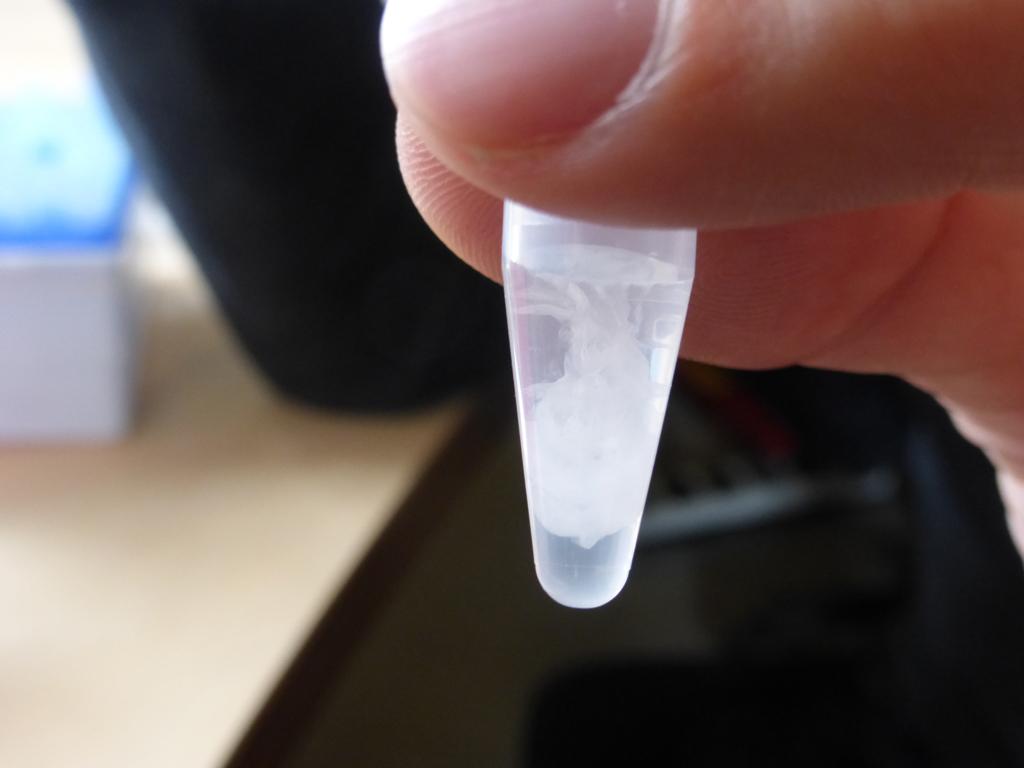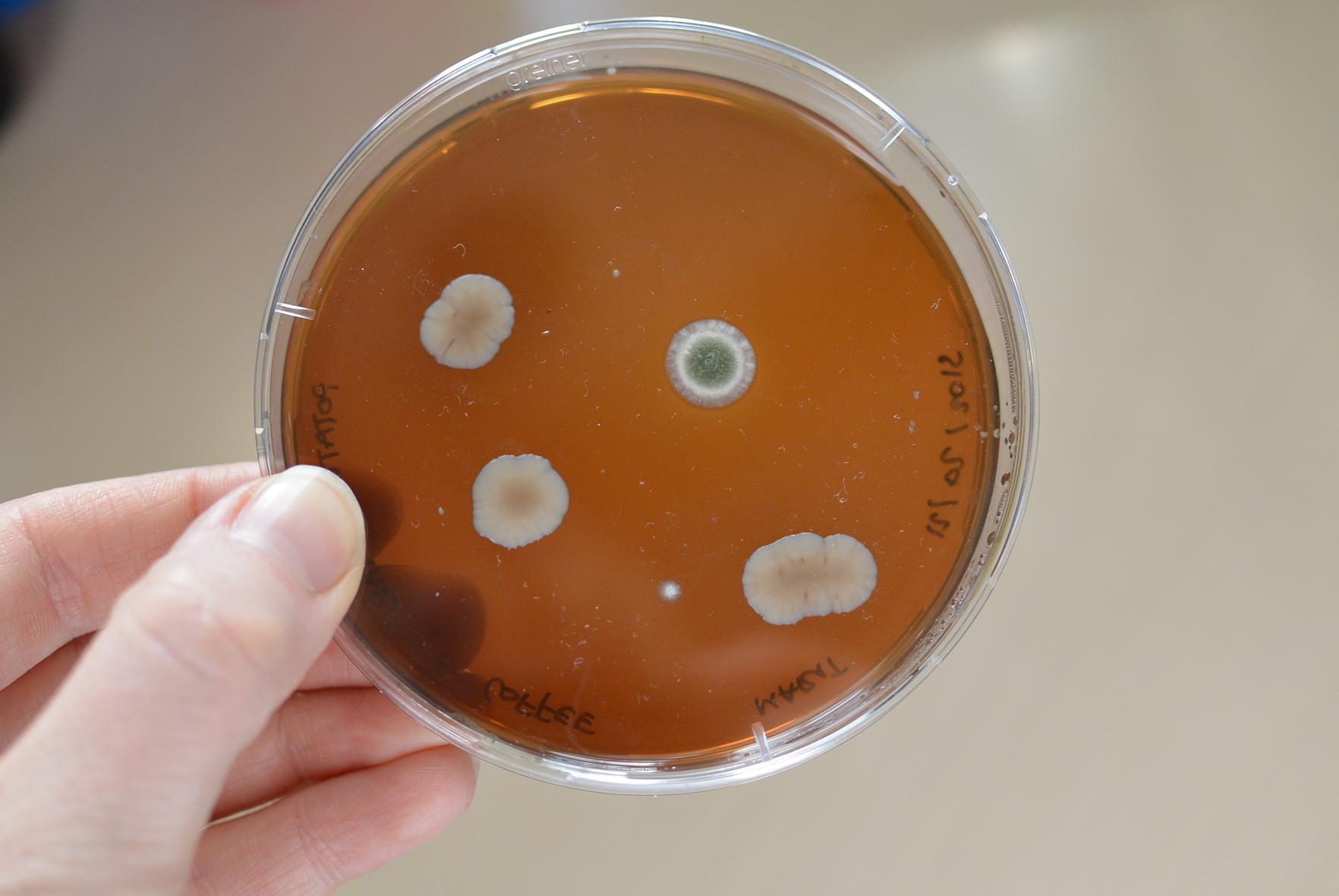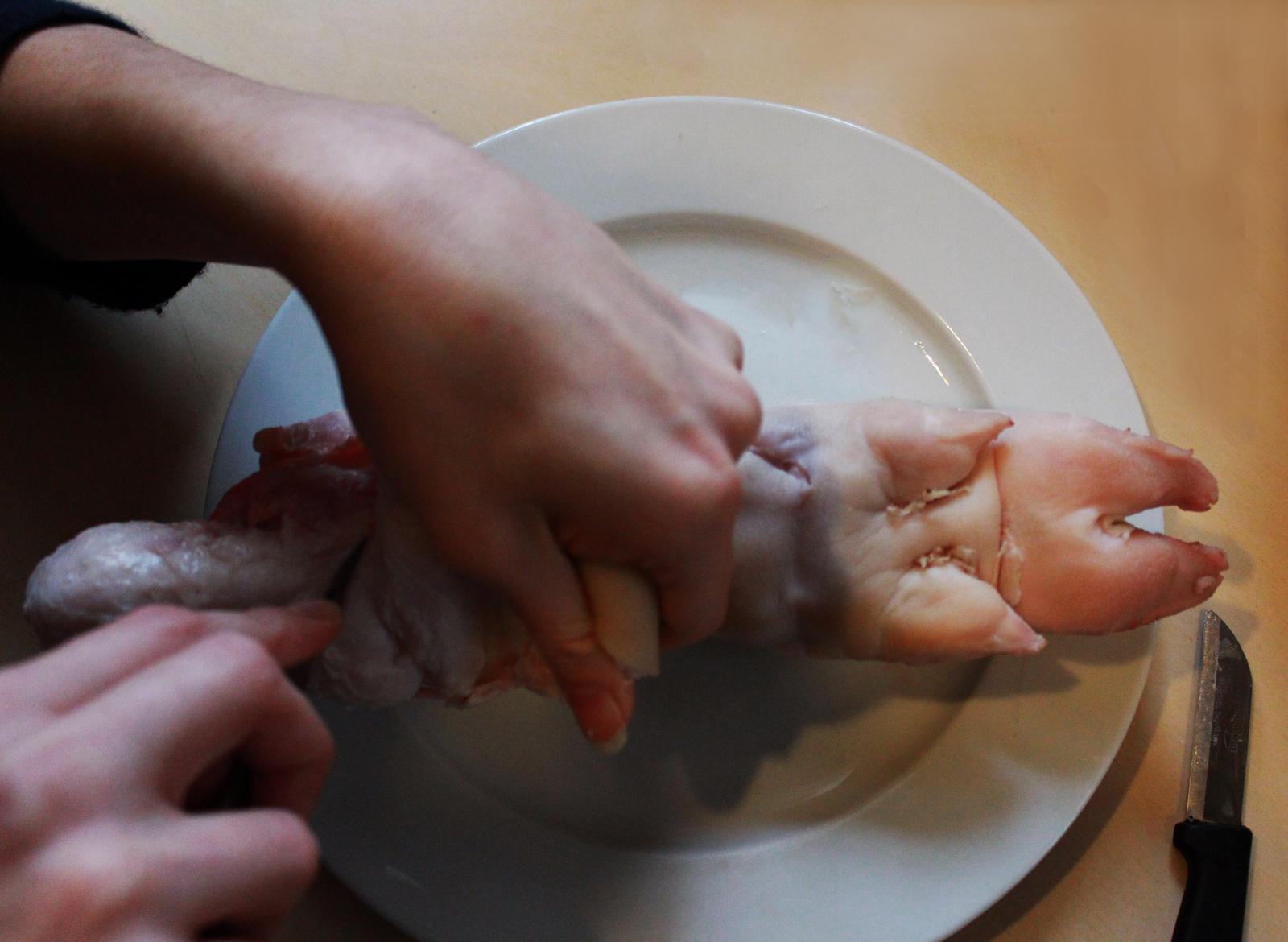I’m currently doing an internship in the Open Wetlab looking at new materials that might be produced by biotechnologies in the future. In the last few months I’ve been looking in particular at ivory and studying the properties of this precious biomaterial. It mostly consists of dentin, the same material our teeth are made from. I was curious about the possibilities of growing ivory artificially and approached ACTA, the Academic Centre for Dentistry in Amsterdam for some answers.
As an artist, not knowing anything about tissue engineering or biology, it was a challenge to communicate on an appropriate level with a scientific expert but very inspiring. The idea I proposed was to use your own milk teeth as alternative for ivory. Scientists are already growing human teeth in the laboratory, so what if you could grow them on a larger scale and find new uses? The value of the final product would be completely different if it came from your own body. You would immediately have a larger emotional bond with it because it came from you or from someone else, like a family member.
I believe that the power of an idea like this can have a huge impact – not in the least because many problems, like the unsustainable use of ivory, are located in people's minds too. The way we think of ivory needs to be turned upside down; it should symbolise that we, as human beings, protect animals from being shot and use our privilege of having a voice and being able to choose. Making a wise decision to use alternatives instead of killing endangered animal species is a change I would like to see biotechnologies bring about.
The fact is that we’re already culturing dentin by using stem cells from mice and humans, and scientists are already able to create very thin layers of dentin in vitro. These tiny teeth are then placed back in the oral cavity so the body can complete the process. Unfortunately these layers are on a micro scale so not that relevant yet in terms of large-scale production. But it does give you room to speculate about the near future.
One of my first experiments was merging the ‘ingredients’ of dentin together under the right conditions in the Wetlab. The result of this is precipitation whereupon the substances start to mineralize. It’s a chemical process where you get close to the original material but because it’s not biological and made by cells as building blocks, it’s hard to describe it as ‘real’.
In order to work with real materials, I started to experiment with cow teeth; which can be thought of as ivory too but from a different source. Normally, cows’ teeth are thrown away in the slaughterhouse or used in cosmetics like lipsticks. I was interested in the idea of working with a waste product and turning this in to a versatile, applicable material that has a new value. Besides attempts at traditional carving methods I also tried to tackle the size limitation and combine it with modern technology. By pulverizing the teeth into a powder it’s possible to build it up again with a 3D printer into any object you wish for. The question of course is: can a machine replace the precise skills of artists, but it certainly is valuable for industrial design - think glass frames or cell phone covers. But before getting to that stage, a second compound is needed to bind the powder together because teeth don’t melt at high temperatures. For this I used bone glue, which is extracted from bones of animals. The outcome of those two ingredients was quite surprising because it looked like sort of silicon that was completely different than the hard structure of ivory but nonetheless entirely natural.
Decreasing the trade in ivory is almost impossible to achieve, but the choice is in our own heads and making people aware is a very important part of the problem. The results of the work I’m doing here at the Open Wetlab hopefully will contribute to this and make people think in a different way about how and why we exploit many endangered animal species


